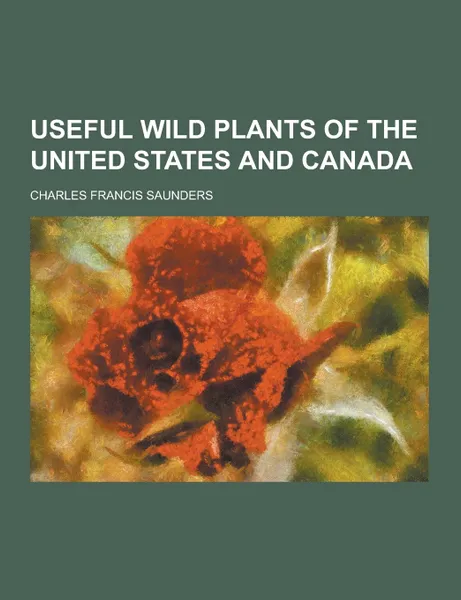Useful Wild Plants of the United States and Canada 8+
Автор: Charles Francis Saunders
48 страниц
Категория: Энциклопедии, справочники
ISBN: 9781230253251
Язык: Английский
📓 This historic book may have numerous typos and missing text. Purchasers can usually download a free scanned copy of the original book (without typos) from the publisher. Not indexed. Not illustrated. 1920 edition. Excerpt: ... CHAPTER VI WILD PLANTS WITH EDIBLE STEMS AND I often gathered wholesome herbs, which I boiled, or eat as salads with my bread. HAT would you say to a dish of ferns on V T toast? It is quite feasible in the spring, if the Common Bracken (Pteris aquilina, L.) grows in your neighborhood--that coarse, weedy-looking fern with long, cord-like creeping root-stocks and great, triangular fronds topping stalks one to two feet high or more, frequent in dry, open woods and in old fields throughout the United States--the most abundant of ferns. The part to be used for this purpose is the upper portion of the young shoot, cut at the period when the fern shoot has recently put up and is beginning to uncurl. The lower part of the shoot, which is woody, and the leafy tip, which is unpleasantly hairy, are rejected. It is the intermediate portion that is chosen, and though this is LEAVES Gulliver's Travels. loosely invested with hairs, these are easily brushed off. Then the cutting, which resembles an attenuated asparagus stalk, is ready for the pot. Divided into short lengths and cooked in salted, boiling water until quite tender--a process that usually requires a half to three quarters of an hour--the fern may be served like asparagus, as a straight vegetable, or on...
Мнения
